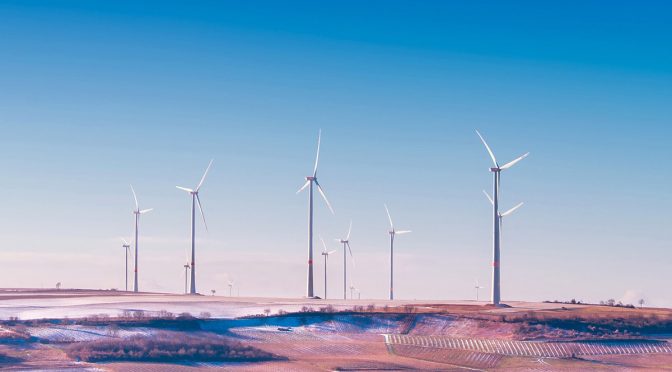
Germany added 2.9 GW of onshore wind power in 2023, more than the previous year. The total installed capacity at the end of 2023 was 60.9 GW.
By 2030, installed capacity is expected to increase to 115 GW. To achieve this goal, 7.7 GW must be added each year in Germany.
In 2023, the majority of wind turbines in Schleswig-Holstein (1.1 GW) came into operation.
During the year, 80% more permits for onshore wind turbines were also issued than the previous year. Around 8 GW have been announced and are expected to be installed in the coming years.
The Arcadis Ost I offshore wind farm in the Baltic Sea added 300 MW of capacity. This means that approximately the same amount of offshore wind energy will be added in 2023 as the previous year.
A total of 8.5 GW of offshore wind power is installed in the Baltic and North Seas.
“We have taken a big step forward, especially with regard to the incorporation of photovoltaic systems. Production has doubled compared to the previous year. These investments further contribute to the energy transition: last year, for the first time, Germany generated more than half of its electricity from renewable energy,” says Klaus Müller, President of the Federal Network Agency.
“When it comes to onshore wind, we are still not where we want to be. What makes me optimistic is that many more permits will be issued in 2023. This will result in an increasing number of new additions.”
According to statistics from the Federal Network Agency, this represents an increase of 12% compared to 2022.
Solar PV capacity additions in 2023 reached 14.1 GW, double that added in 2022, driven largely by private investments. The largest solar capacity will be installed in Bavaria in 2023, with 3.5 GW.
At the end of 2023, the total installed capacity in Germany was 81.7GW. This means that 19 GW will have to be added annually in the future to reach the expansion target of 215 GW for solar PV in 2030.